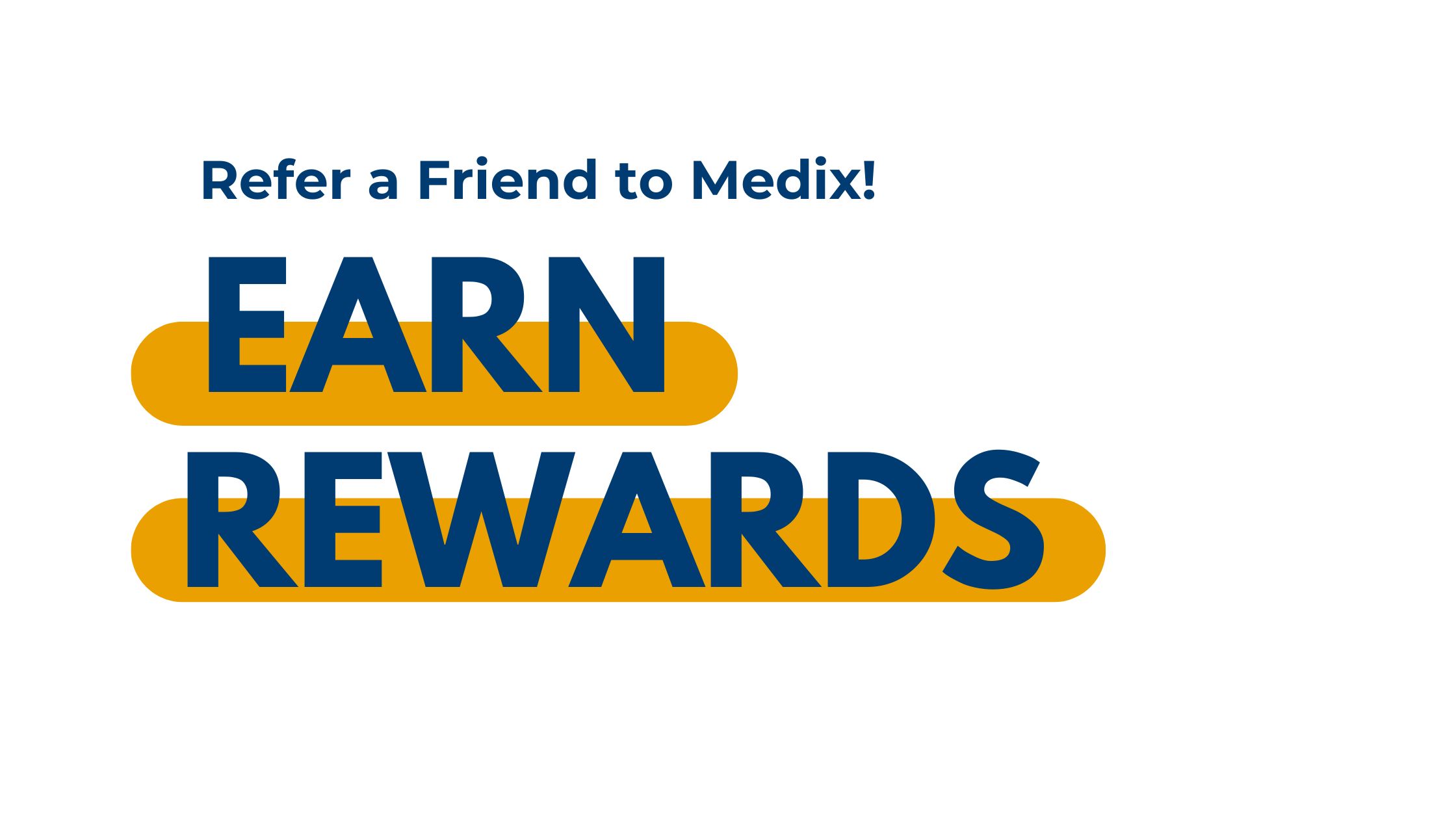If you’re striving towards a career in personal training, program planning will be an essential part of your success. When you plan exercise programs for your clients, you’ll need to strike a balance between scientific fitness methods and meeting clients where they are. This can be a challenge, but there are many best practices to apply in order to ensure you provide the best possible quality of training.
Let’s explore the components of a successful training program, how to ensure that you’re individualizing fitness programs to serve the needs of each client, and what skills will help you find success.
Important Components of Program Planning
When you put an exercise plan together for a client, several fitness principles should come together to create an effective, challenging, but manageable program. Make sure you consider each of these variables when creating program plans.
Volume refers to the amount of exercise performed within a specific amount of time. For example, volume can refer to the number of total repetitions (sets x repetitions) or volume load (sets x repetitions x resistance). The volume you include in your program plan will depend on several factors including the client’s strengths, experience, and goals. For example, if a client lacks experience and wants to see hypertrophy (muscle growth), it’s a great idea to start them at a low volume and gradually increase it. This will help them achieve progressive overload which aids muscle growth.

Repetitions refer to the number of times an exercise is done per set. Low repetition (1-5) exercise plans are optimal for strength, moderate repetitions (6-12) are ideal for hypertrophy, and high repetitions (15 or more) are great for muscle endurance. Intensity refers to the amount of weight or resistance being lifted. Other components to consider are tempo (how fast exercises should be performed) and frequency (how often sessions will occur). You can learn more about these essential elements of a fitness program in fitness and health training.
How to Individualize Program Plans
How do you ensure that your program plans don’t become too generic and address specific client needs? Much of this depends on your ability to establish a trusting relationship with your clients and collect essential information. It’s important to be familiar with the client’s fitness goals (both long-term and short-term), personal challenges, physical limitations, and current fitness level. In addition to collecting information adequately during training, be sure to practice adaptability and observe your client’s progress closely. Make sure your plan meets clients where they are to create a tailored exercise regime.

Skills You’ll Need to Plan a Program After Fitness and Health Training
Creating an effective program plan requires a variety of skills. Outstanding communication skills, interpersonal skills, a knowledge of anatomy and physiology, an understanding of nutrition, and practical experience will all help you plan exercise programs that give your clients the results they’re striving for in a safe, healthy, and supportive way. Courses at fitness and health school are the perfect start to get the skills you need to skyrocket your personal training or fitness instructor career.
Ready to start fitness and health courses?
Contact Medix College today!





